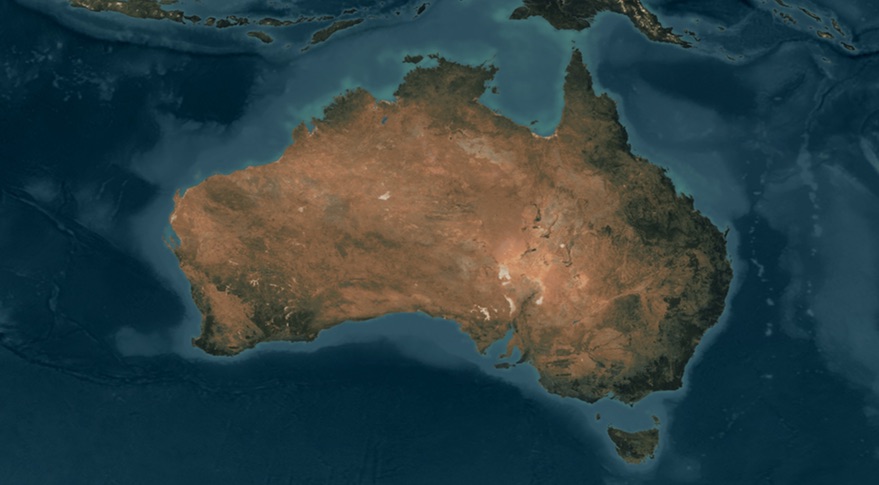
Australia and America: A Partnership for the Space Age

Carie Lemack is co-founder and CEO of DreamUp, "the first company to bring space into classrooms and classrooms into space." A former national security policy expert/advocate and producer of an Academy Award-nominated film, Lemack is a proud alumna of Space Camp and supporter of all space cadets reaching for the stars. Lemack contributed this article to Space.com's Expert Voices: Op-Ed & Insights.
Exotic though it may be, and romanticized though it often is, Australia is more than a distant country and a faraway continent.
It is in fact a land of technological innovation, international diversity and urban sophistication. It is as relevant, economically and culturally, to Asia as it is to America, with top research universities, distinguished doctors, professors and scientists, in addition to a nationwide interest in space-based research.
Indeed, there is a bond between Australia and America that stretches from the winter (or summer, depending on your hemisphere) of 1962, when John Glenn orbited the earth and dubbed Perth the "City of Lights" because of the nighttime illumination of the capital of Western Australia — because of the transformation of the city's layout into a grid of gold, visible from Glenn's capsule, so he could see this tribute from so many people to such a singular person. [Giant Leaps: Top Milestones of Human Spaceflight]
That light still shines, as I can confirm, given my attendance at the recent International Astronautical Congress is Adelaide, Australia, and my subsequent visit to Perth.
Not since the day when fellow NASA astronaut Scott Carpenter, serving as the capsule communicator at Cape Canaveral, would say three words that now belong to the ages — "Godspeed, John Glenn" — has there been as much potential for a new Space Age.
Today, all of Australia is aglow with interest in space-based research.
Get the Space.com Newsletter
Breaking space news, the latest updates on rocket launches, skywatching events and more!
Today, Australians and Americans have an opportunity to go beyond symbolic (albeit powerful) gestures; together, we can enlighten the minds and expand the horizons of teachers and students from Adelaide to Austin, from Melbourne to Miami, from Sydney to San Francisco, from Perth to Portland, Oregon, and Portland, Maine.
The International Astronautical Congress is a chance to do more than lobby the U.S. Congress or the Australian Parliament to increase funding for space-based research.
It is, instead, proof that our current Space Race is a race — more like a relay race between two countries — to convert school curricula from the era of smokestacks and factories to the epoch of scientific research and fact-based analysis of all manner of subjects. That race requires us to not only train for this competition, but to train to know how to pass the baton with ease, so we neither falter nor fall.
Picture a partnership between teachers in Australia and America, in which we collaborate on curricula that advance our understanding of the universe, in which space-based research is not just a computerized simulation but a real-life journey to the heavens from the Earth, where students send their experiments to the International Space Station.
I write these words as a witness to a social force as magnetic as its polar equivalent, which transcends North and South, which unites two countries into one world of intelligence and wisdom by encouraging students to soar beyond the atmosphere and slip the surly bonds of Earth.
Australia and America are ready to make space-based research the priority it should be — the priority it must be.
Follow us @Spacedotcom, Facebook and Google+. Originally published on Space.com.
Join our Space Forums to keep talking space on the latest missions, night sky and more! And if you have a news tip, correction or comment, let us know at: community@space.com.









